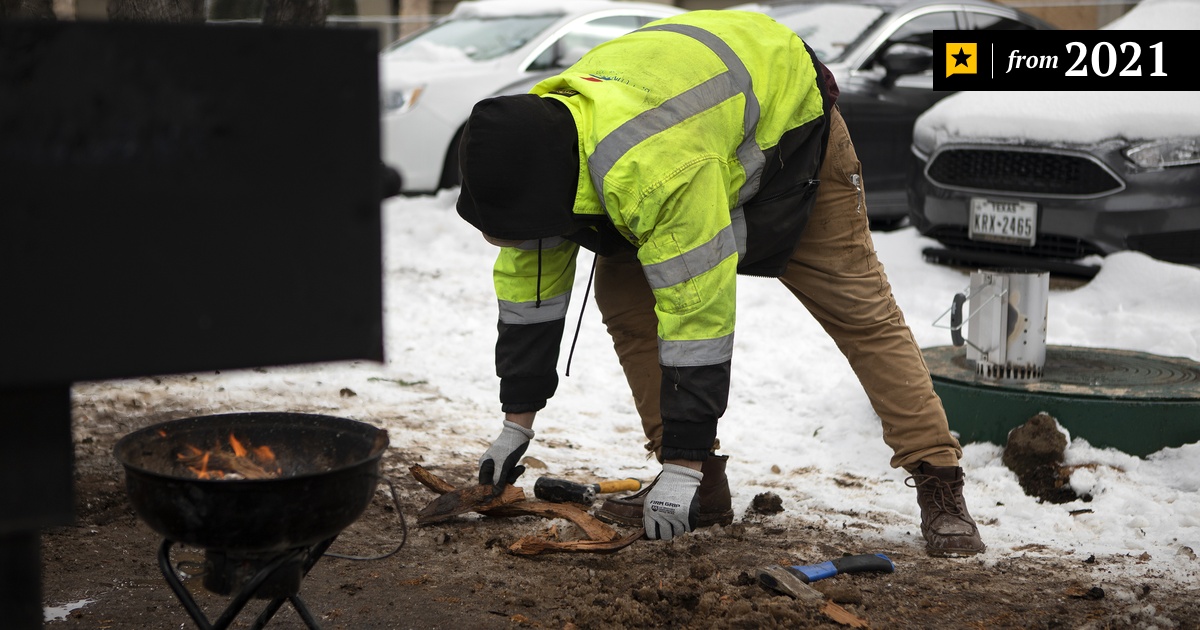dagger1
TUG Member
- Joined
- Aug 16, 2016
- Messages
- 1,577
- Reaction score
- 900
- Location
- Houston
- Resorts Owned
- Hyatt Wild Oak Ranch, Hyatt Main Street Station, Hyatt Ka’anapali; Marriott Ko’Olina, Marriott Waiohai; Marriott Maui Ocean Club; Wyndham CWA points, Worldmark credits.
Ok Robin. Many of the gas processing plants that feed the power plants were offline for maintenance or other issue (they don’t start up like a car), and many of these gas plants were froze up because they were subject to the rolling blackouts that were being used to protect the grid. Only in Gotham City does a person give 40% of their business to one entity (a “maybe” source like windmills/solar) AND expect another entity (that provides a guaranteed source) to “stand by” (at zero revenue) and be ready in case the unreliable source fails. And then think that these plants fire up like a car.Riddle me this Batman:
With wholesale electric prices going through the roof, don't you think that any natural gas fired electricity provider would have spun up for the cash grab? Why is that?




